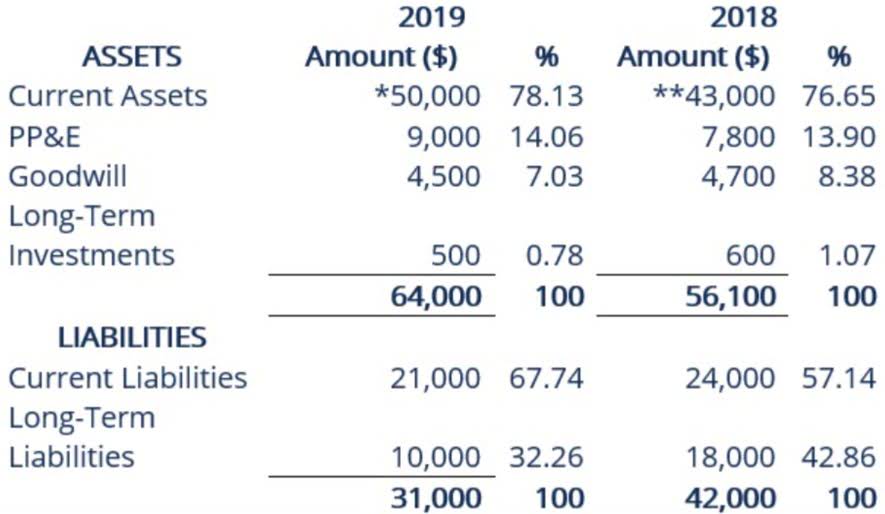
A short and precise turnaround time is required to generate ROI from such services (you can find more about this metric in the ROI calculator). Thus, by neglecting their policies for managing accounts receivable, they can potentially have a severe financial deficit. By understanding the accounts receivable collection period, businesses can identify any issues that may lead to cash flow problems and take steps to address them.

Why Calculate the Average Collection Period?
The average collection period evaluates a company’s credit management and customer payment habits. A longer period may signal difficulties in maintaining liquidity, potentially affecting the ability to meet obligations or invest in growth. The average collection period is an accounting metric used to represent the average number https://es.neptuneviews.com/2022/04/08/the-6-best-scalable-decision-making-frameworks/ of days between a credit sale date and the date when the purchaser remits payment. A company’s average collection period is indicative of the effectiveness of its AR management practices. Businesses must be able to manage their average collection period to operate smoothly.

How to calculate the average collection period
- For example, a manufacturing company with accounts receivable of $600,000 and annual net credit sales of $3,600,000 has an average debtor age of 60.83 days.
- It can set stricter credit terms that limit the number of days an invoice is allowed to be outstanding.
- It may mean that the company isn’t as efficient as it needs to be when staying on top of collecting accounts receivable.
- It may hint at deeper issues, like customers experiencing financial difficulties, which could risk your own cash flow.
- A longer period could hurt your business, while a shorter one keeps things running smoothly.
- According to a 2024 study by the Credit Research Foundation (CRF), companies with DCR above 85% demonstrate strong cash flow management practices.
🔎 Another average collection period interpretation is days’ sales in accounts receivable or the average collection period ratio. With the help of our average collection period calculator, you can track your accounts receivables, ensuring you have enough cash in hand to meet your alternate financial obligations. The resulting ACP value represents the average number of days it takes the company to collect its receivables. Compare this value to industry benchmarks and the company’s historical ACP to assess its collection efficiency. The Average Collection Period (ACP) is another metric that evaluates how long it takes a company to collect its receivables.
Use technology to track and manage receivables
By assessing what is average collection period this period, companies can refine their credit policies and better understand customer payment behaviors. The cash conversion cycle includes inventory turnover, accounts receivable collection, and payment of accounts payable. Efficient debtor collection facilitates lessen the cycle time, improving coin flow. Monitoring the cycle facilitates businesses to control their running capital more correctly.
- It directly impacts cash flow, which is essential for meeting day-to-day expenses, fulfilling financial obligations, and funding future growth.
- When there is a collections officer and an established collection policy, clients tend to pay more quickly.
- Industry comparisons can also reveal how credit terms impact collections performance.
- Financial managers monitor this metric through aging reports, implementing automated payment reminders, early payment discounts, and strict credit policies to optimize collection efficiency.
- With an ACP of 43.8 days, this service-based business takes an average of 44 days to collect client payments.
- Instead, these numbers often reflect potential revenue and net income from cash flow that hasn’t occurred—assuming you’ll be paid.
- If you ignore how long it takes to collect, you’re effectively flying blind with your cash flow.
Conversely, when sales and/or the mix of customers is changing dramatically, this measure can be expected to vary substantially over time. QuickBooks Using those assumptions, we can now calculate the average collection period by dividing A/R by the net credit sales in the corresponding period and multiplying by 365 days. A lower average collection period usually means that a company has efficient collection practices, tight credit policies, or shorter payment terms. Naturally, a smaller value of the average collection period ratio is considered more beneficial for a company.

Strict terms may deter new consumers while excessively liberal terms may draw in clients who take advantage of such policies. This offers more depth into what other businesses are doing and how a business’s operations stack up. Delays in payment from more clients may indicate that receivables are at risk of being uncollected, which should be closely monitored as an early warning sign of bad allowances.
Average Collection Period: How to Calculate and Improve It

Financial managers utilize collection period metrics to optimize credit policies. A manufacturing company analyzing collection periods identified customers requiring additional credit verification, reducing bad debt expenses by 45%. Regular collection period monitoring enables businesses to adjust payment terms based on customer payment behaviors and industry trends.